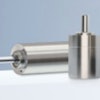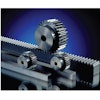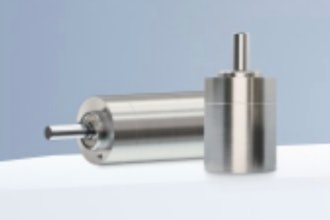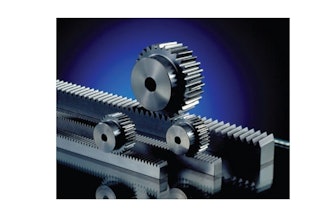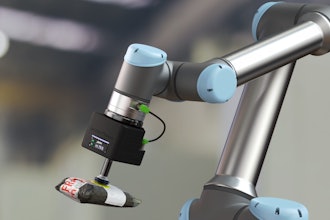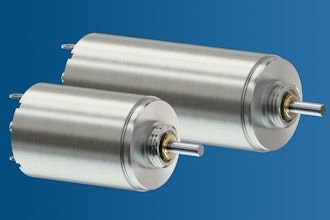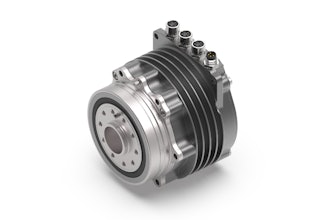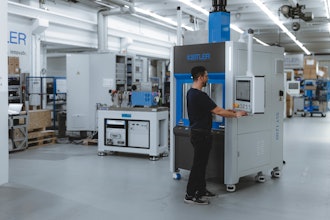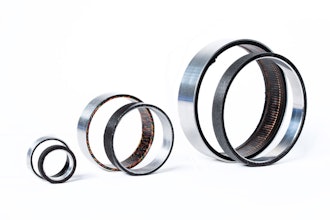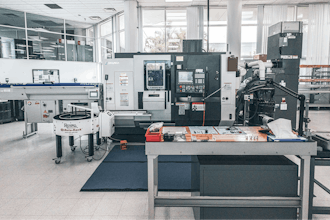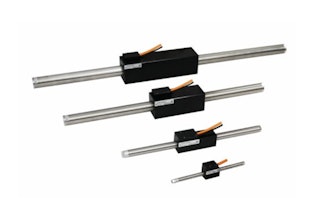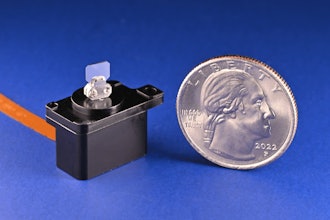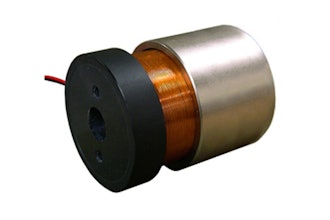
Dentistry tools can rotate at speeds of up to 400,000 rotations per minute (RPM), therefore high-speed bearings are essential in these applications. When the incorrect bearing is specified for dental instruments, it can lead to surface wear and eventual breakdown of the tool all together. Hybrid ceramic ball bearings have specific benefits for dental applications and they can prolong the life of equipment.
Angular or radial: what’s the difference?
Bearings used in dental applications are available in a variety of forms and materials, leading to a discrepancy in quality and varying price points. Dental bearings are usually designed with extreme precision, accuracy, and reliability in mind. In essence, there are two types of miniature bearings used for dentistry equipment: radial contact and angular contact bearings. These bearings are used differently, dependent on their purpose. The difference between these two types of bearings lies within the retainer type — radial bearings use what are called crown retainers, whereas angular bearings use full retainers.
Radial bearings are beneficial because of their ability to be axially loaded from either side, while on the contrary, angular bearings can only be axially loaded from one side although with greater loads than the radial type. Although both bearing types are suitable for dental instrument applications, bearings with an angular contact configuration work best because of their ability to bear ‘combined loads’ in both radial and axial directions.
Ceramic balls
When deciding on which bearings are best for dentistry tools, using hybrid bearings with silicon nitride balls may be the best option. A significant advantage of hybrid bearings is that their ceramic balls are typically harder than heat-treated steel balls, making them less prone to causing external damage or bearing failure due to debris from surface wear.
Another advantage which sets ceramic balls aside from ball bearings composed of other materials is that they perform at cooler temperatures. In turn, this can prolong the life of a dental instrument. Due to silicon nitrate’s non-porous molecular structure, ceramic balls are almost laminar — meaning that they can run at high speeds of up to 400,000 RPM without concern, as well as making them resistant to corrosion that harsh chemical sterilizers might cause.
Ceramic balls are lightweight and are around 60 per cent lighter than steel balls of similar sizing. As a result of this, ceramic balls create less centrifugal force when running at high speeds, causing minimal wear to the raceway and outer ring. What’s more, the surface wear of ceramic bearings is significantly reduced due to ceramic and steel being different in their material composition. Dental equipment with hybrid ceramic ball bearings are also quieter and require little to no lubrication because of their frictionless characteristics.
While using ceramic bearings within dentistry equipment and in the wider medical industry can be deemed as more expensive than steel bearings, they are typically made to high-quality standards. If high-quality bearings are used within dentistry equipment, this can prevent instrument failure and prolong instrument life for the long term.

